
“Ichi-go ichi-e” is a Japanese idiom that translates directly to “one time, one meeting.” It describes the cultural concept of treasuring the unrepeatable nature of a moment, or a “once in a lifetime” experience. It is a reminder to cherish the moment you are experiencing currently because it cannot be repeated.
This year has been a whirlwind so far with a lot of “ichi-go ichi-e” moments (although technically every moment should be categorized as such in the spirit of the idiom). To catch you up to speed if you are not already following me on Instagram, I got married this year and my husband and I took our first trip as a married couple (AKA our honeymoon) to Japan!
Planning this trip was challenging, to say the absolute least. I knew very little about the culture, customs, and even the food going into it (there is so much more than just sushi and ramen), so quite a bit of research was required. Even having done days of research up front and putting together a nearly 15 page itinerary, I still learned a ton while attempting to execute the trip. I have organized my monologue into three separate posts:
- Itinerary highlights (the post that you are currently reading) – these are our favorite things that we did in Japan. This will be helpful if you are planning a shorter trip than two weeks, or if you are just looking for advice on some absolute must-do activities.
- Our full itinerary – every single thing we did with helpful details and photos, including sight-seeing, tours, meals, whether we got tickets up-front, whether or not we recommend the activity, etc.
- Tips and tricks while traveling to and within Japan – aka the things that we learned first-hand so that you do not have to
Our trip to Japan was truly a life changing experience and I hope this post helps you to plan yours. Without further ado, I’ll get started! This is post 1 of 3, itinerary highlights.


Tokyo, Kyoto, and Osaka Itinerary Highlights
As always, my full two week itinerary in all its glory is detailed in Part 2 of this series, but if you are planning a shorter trip, I have detailed here my favorite itinerary items that you can look into as a higher priority.
As I was doing my research it seemed that instead of there being specific destinations that we needed to hit in particular locations, there were experiences that we just needed to have with opportunities all over Japan. Here are some more general experiences to look out for in Japan and, when applicable, I have given a recommendation on where you can best find it:
Get into the culture by hitting up at least one major “animated” strip. These are more common in Tokyo (recommended Akihabara) and Osaka (recommended Dotonburi), where you can play games and shop souvenirs, normal non-souvenir clothes and things, anime paraphernalia, and electronics. Even if this is not normally your thing, it is cool to see the energy of the neighborhoods and experience the gaming culture. Try Pachinko and slots, crane games, and capsule machines! The Taito Station is a multi-level arcade, and is a great spot to find most of the games (pretty much everything aside from Pachinko and slots, which have their own facility).
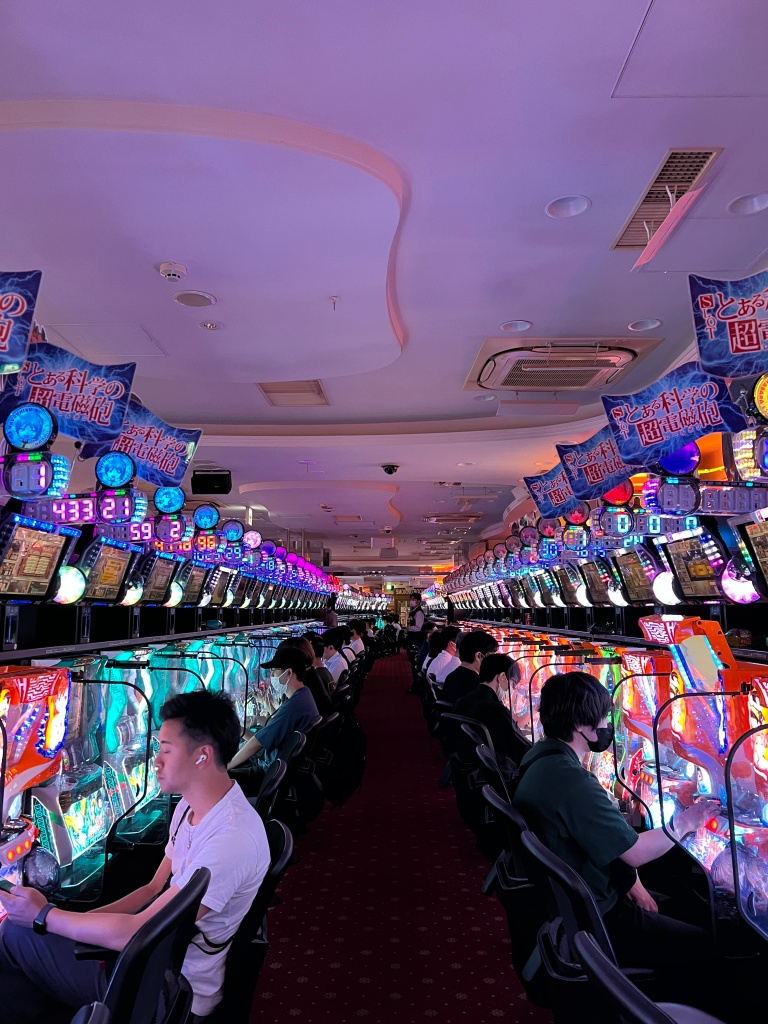


Japan’s landscapes are absolutely incredible, so if you can plan for at least one day with a hike, I would absolutely recommend it. Here are the ones we did on our trip:
- Kurama (between Kurama temple and Kibune shrine – this took about a half day, and does require you to leave the Kyoto city center. Full itinerary for this half-day excursion can be found in part 2 of this series)
- Nanzen-Ji (we did not get to finish it but it would have been an estimated 40 minute hike in one direction through the woods with a shrine at the end. Since we did not do it we cannot guarantee firsthand that there would be anything noteworthy at the end, but this did look like a fun one that you did not have to leave the main city area for. From what we saw, the path is a little bit rugged and steep – it is through the woods so there are rocks and roots along the path to watch out for). There is actually a whole network of hiking trails behind Nanzen-ji that we did not explore, so this would be a great choice if you are looking to do a day or half-day hike but not looking to leave the main city area.
- Fushimi Inari Shrine (See the highlights in the Kyoto section below and the full itinerary for this day in part 2 of the series. I would recommend visiting this shrine even if you do not do the extra little hike attached to it)
- Kiyotaki River (Arashiyama Park) (See the highlights in the Kyoto section below and the full itinerary for this day in part 2 of the series. This was probably our favorite hike of the trip)


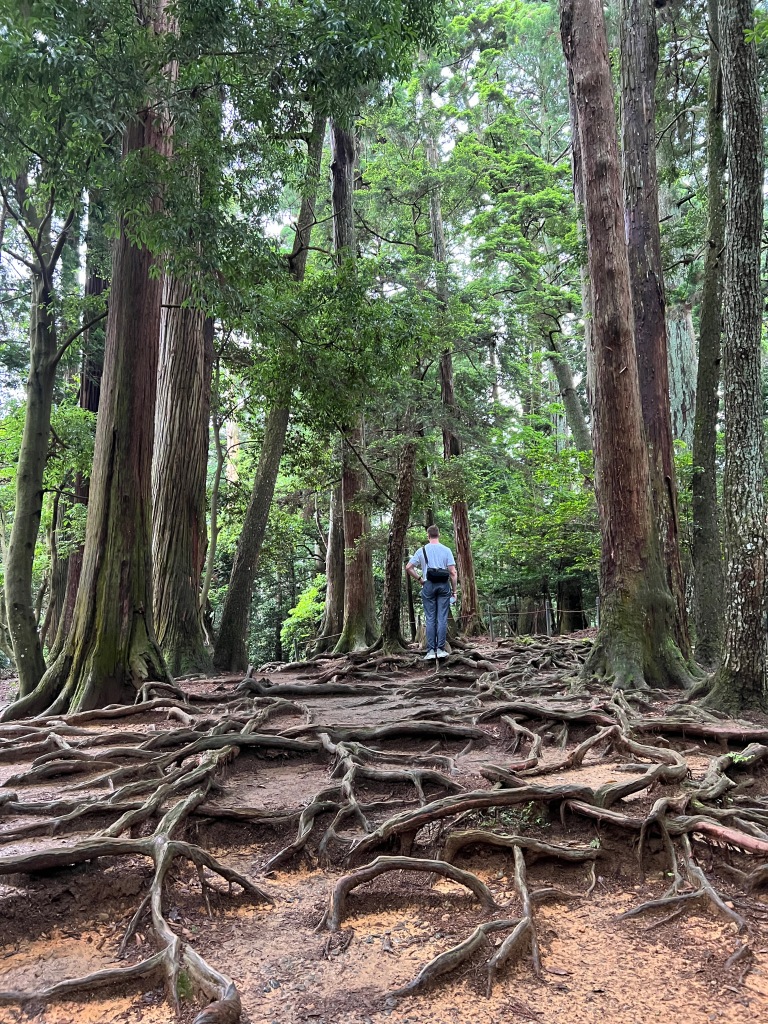

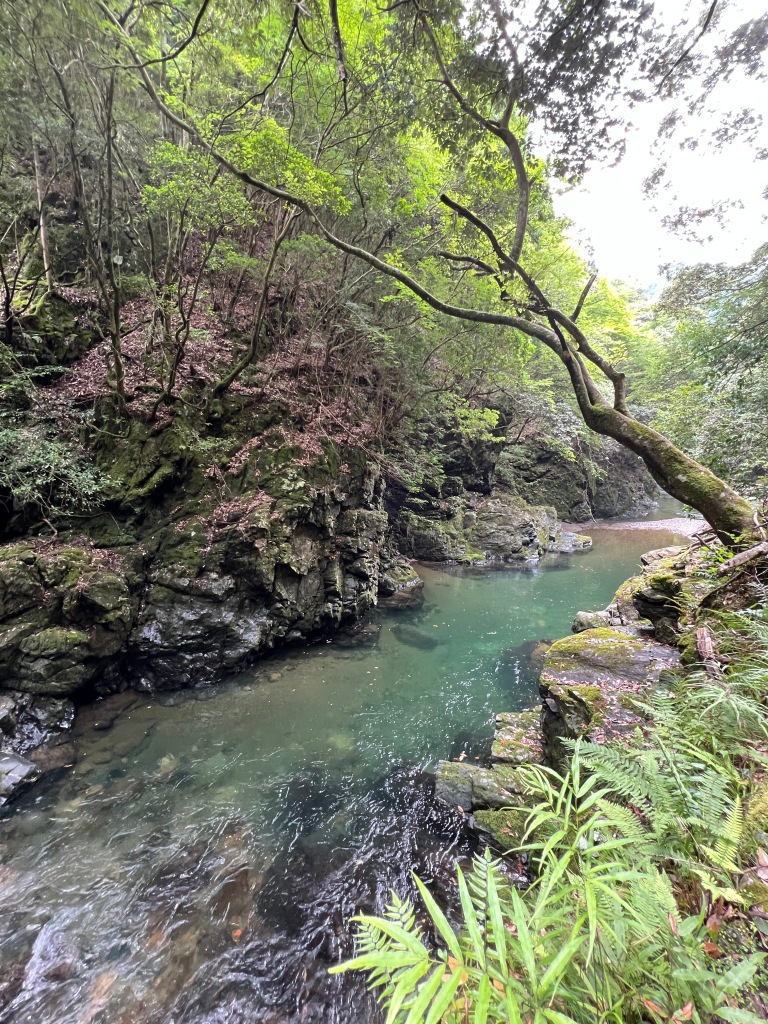
There is SO much good food in Japan and you do not want to miss all the classic and iconic dishes. Here are the major foods to look out for and where you can find it:
- Ramen (anywhere. There is a “Ramen Street” in Tokyo which is a good place to start)
- Udon (anywhere)
- Soba (anywhere, but recommended Kyoto)
- Sushi (anywhere – recommended to do the chef’s tasting wherever possible)
- Conveyor belt sushi (this is less about the sushi itself or the ambience of the restaurant and is just a really unique experience that you can do anywhere – Kura Sushi is a chain of these that is highly rated)
- Yakitori (anywhere, but recommended doing this on Memory Lane in Tokyo)
- Kaiseki meal (anywhere, but would definitely recommend doing this in the traditional way at a Ryokan in Kyoto)
- Mochi (anywhere, but definitely recommended to try this fresh in Nara if you go there)
- Matcha (the traditional way at a tea house – recommended to do this in Kyoto)
- Shaved ice (anywhere)
- Tempura (anywhere)
- Katsu (anywhere, and bonus if you can find katsu curry!)
- Grapes (anywhere, but make sure they are the big special ones. The best ones we had were from the Hankyu market in Osaka)
- Fluffy bread and buns (anywhere, but it is the best on sandwiches for breakfast or snacks at the Family Mart and 7-11)
- Wagyu (anywhere – recommended to try wagyu nigiri sushi, but also to go to a restaurant where you cook the meats yourself)
- Souffle pancake (anywhere)
- Okonomiyaki (Osaka) – This one is tough to describe but it is basically a cast iron griddle cooked bbq “pancake” filled with veggies and choice of protein and the Osaka specialty is also topped with noodles. This one is a must-try!
- Takoyaki (Osaka) – These are bubble-griddle cooked octopus balls. You can find them EVERYWHERE in Osaka served right on the street (though you can also find them in Tokyo) and they are tasty!


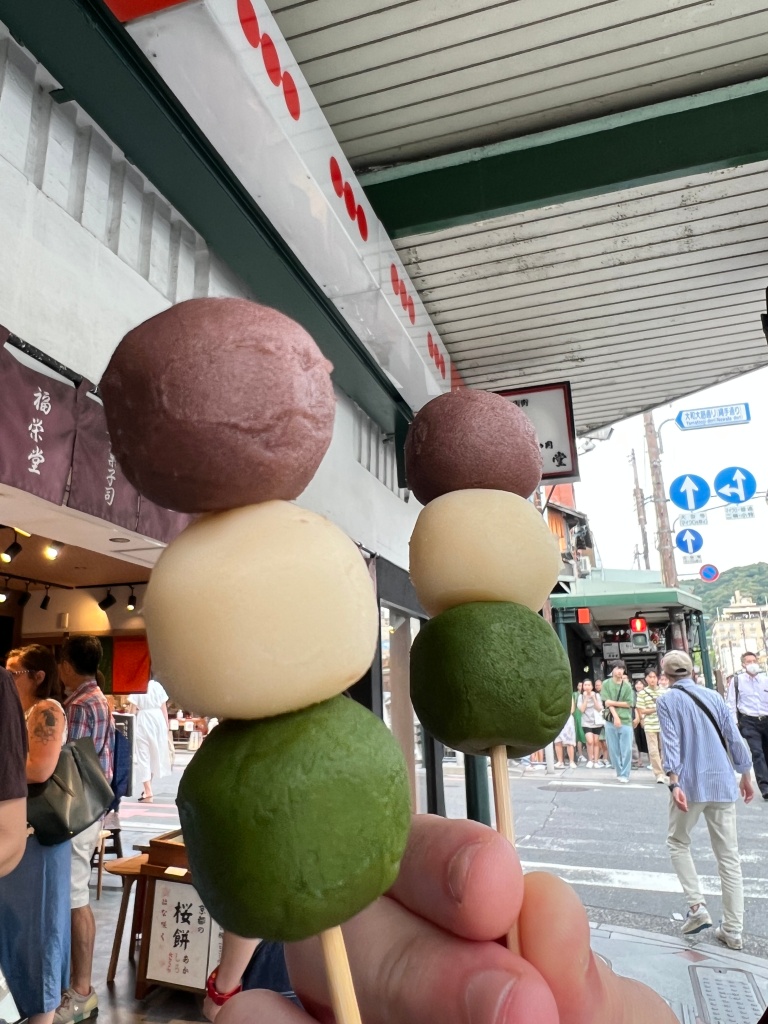



You might have to travel a bit out of the way for this next one but trying out an Onsen was an unreal experience that I highly recommend, and is also a very traditional Japanese experience. Onsens are natural hot springs and the heat and high mineral content of the water is believed to have many health benefits. Most onsens are outside the city centers in the mountains (by nature, since they are natural hot springs), so this might require a bit of planning in advance. They are often located at inns so if you plan to stay overnight at an inn that has one then you will likely have private access. If you are planning just a day trip, look into whether the onsen that you want to visit allows day visitors because some are reserved for inn guests only. Traditionally you enter these completely naked so plan accordingly!


Tokyo Itinerary Highlights
If I could sum up Tokyo in one word it would be OVERHWELMING! Coming from New York City I honestly did not think a city would ever make me feel overwhelmed by its sheer size and energy, but Tokyo did just that. Everything was big, bright, and full of energy! Here are some of our favorite stops in Tokyo:
Memory Lane, or “Piss Alley” – The cute nickname for this narrow alleyway comes from the post WW2 roots of the street when there were no toilets. There are in fact toilets now and the street has been converted into a ton of restaurants and bars serving up yakitori. This is a great place to try yakitori and you will not go wrong no matter where you decide to sit down. We chose randomly and the food was delicious.



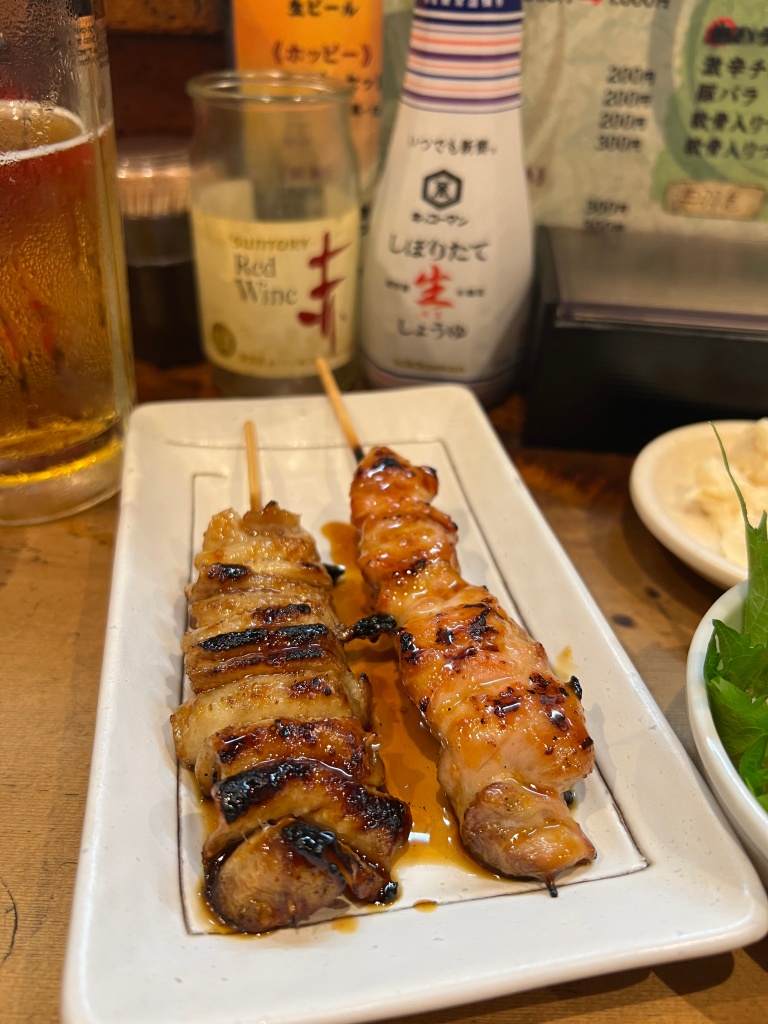

Takeshita Street – This is a short strip that is comparable to a street fair with shopping, games, and street food. Save some room in your belly for snacks like crepes, ice cream, and candied strawberries.
Shibuya Crossing – This is the largest crosswalk in the world with thousands of people crossing at every light change. You should cross this street yourself, adding to the madness, but you can also head upstairs in the Starbucks on the corner to see it from above.
Tsukiji Outer Market – This is a giant multi-street market where you can get just about any Japanese food you can imagine, savory and sweet. You have to try to the fresh fish especially in the morning when the fish has been just recently caught and delivered (there is a first time for everything and Japan is a great place to hit your first “breakfast sushi” milestone)

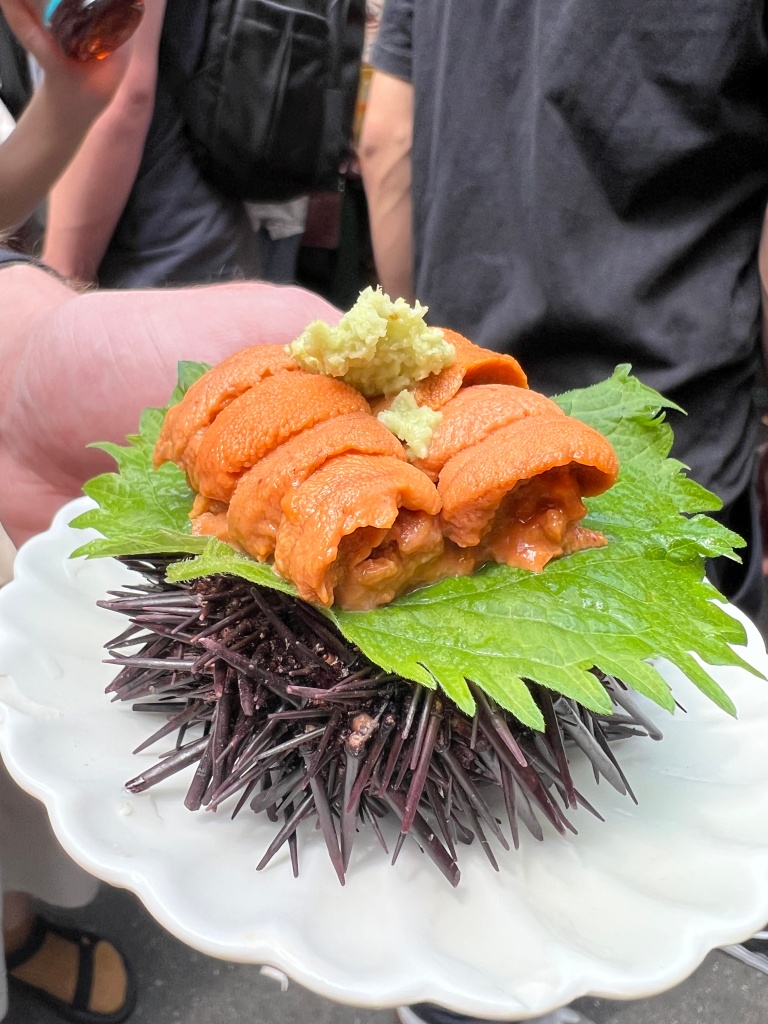
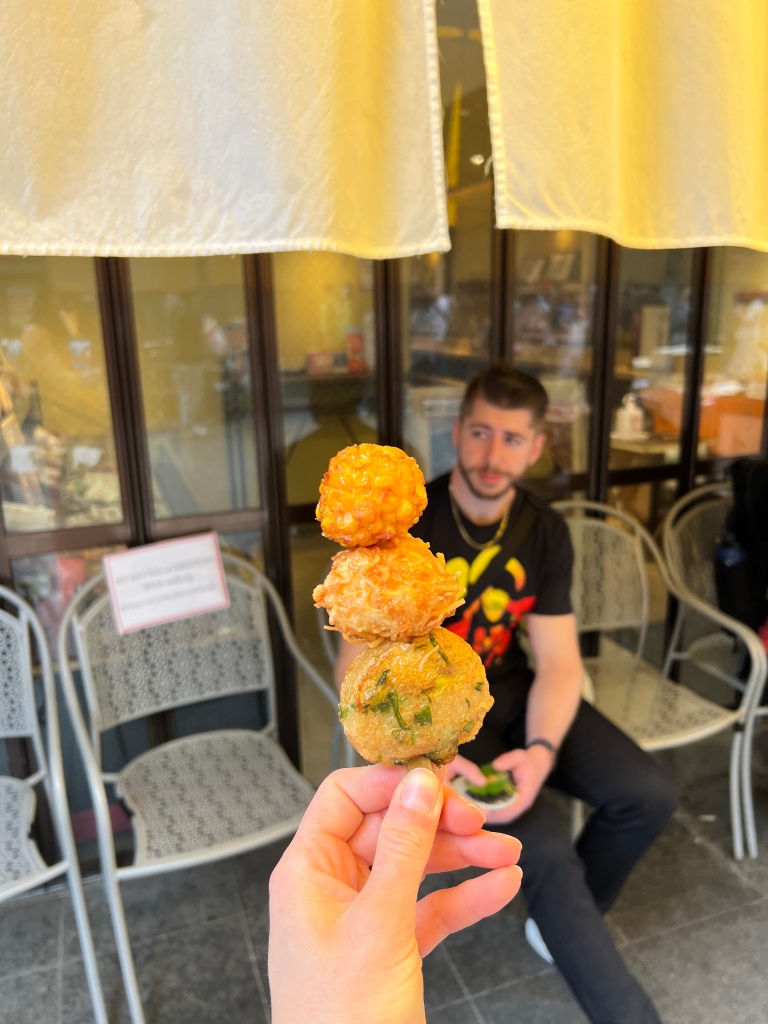
Akihabara – This neighborhood is famous for electronics shops and also for diehard fan culture, anime, and manga. Walk down the main strip to be engulfed in bright lights, an overwhelming amount of shops, and a full experience of the energy that I promised. This is a great spot to try arcade games at the Taito Station or the Pachinko and slots.
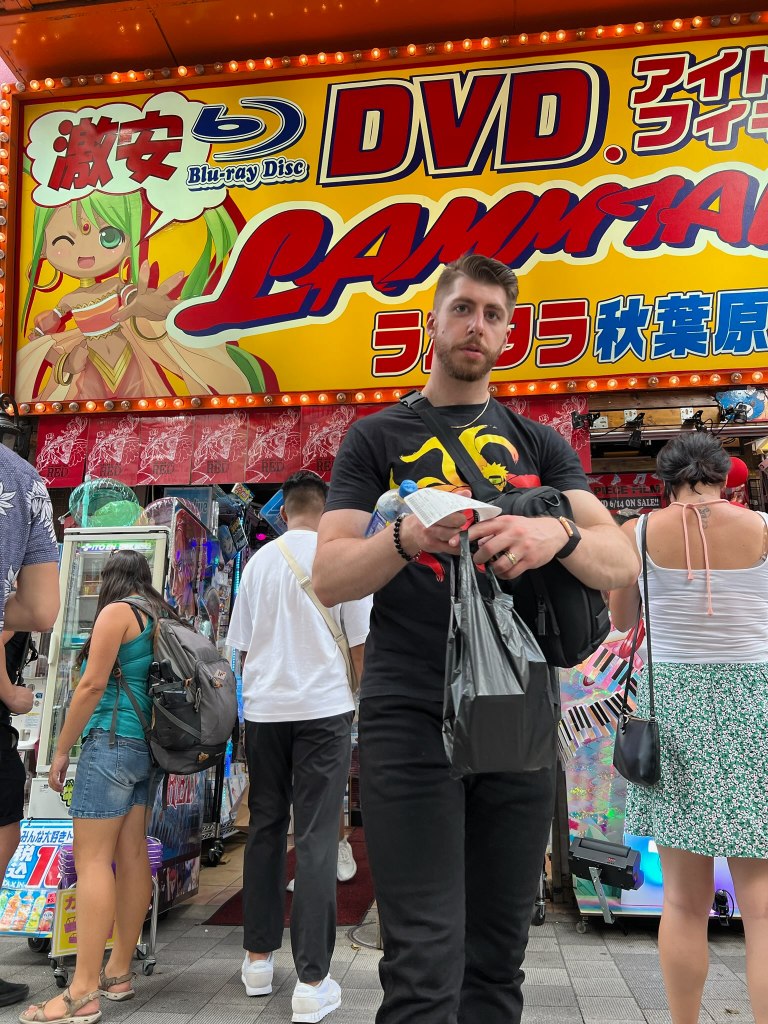

We had planned three day trips outside of the Tokyo city center which are explained in detail in part 2 of this series. Depending on your personal preference, at least one day outside of the Tokyo city center would be highly recommended. Hakone was a great one to try to catch a glimpse of Mt. Fuji, but Nagano was a close second favorite experience because of the onsen visit and snow monkey park.


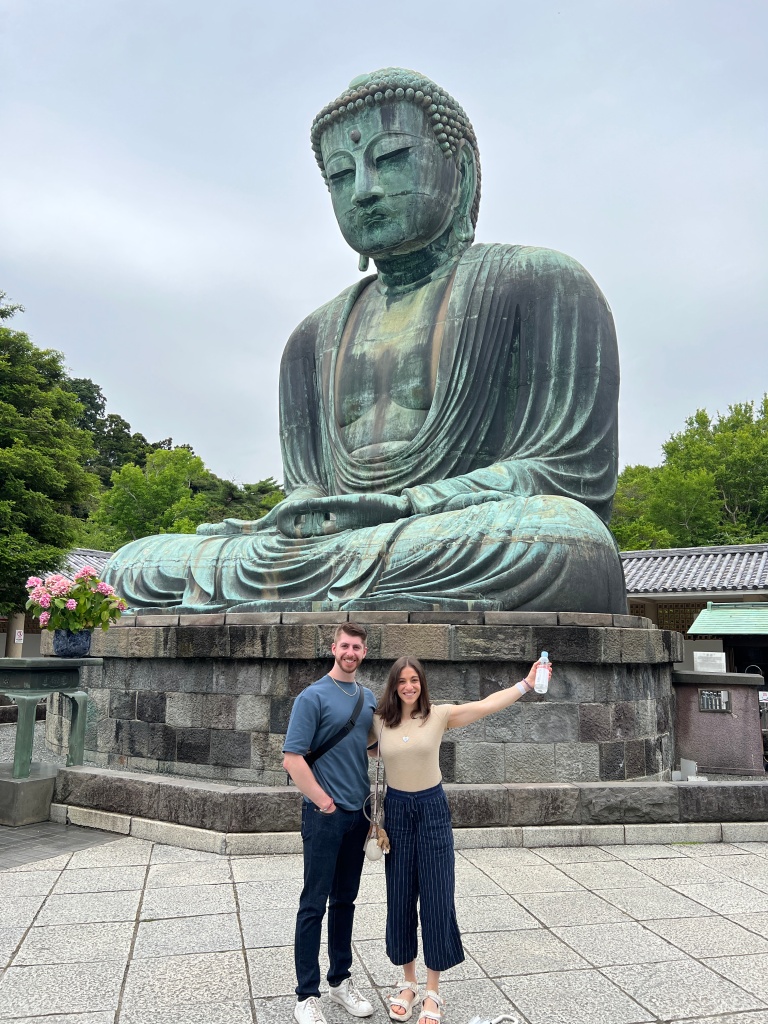

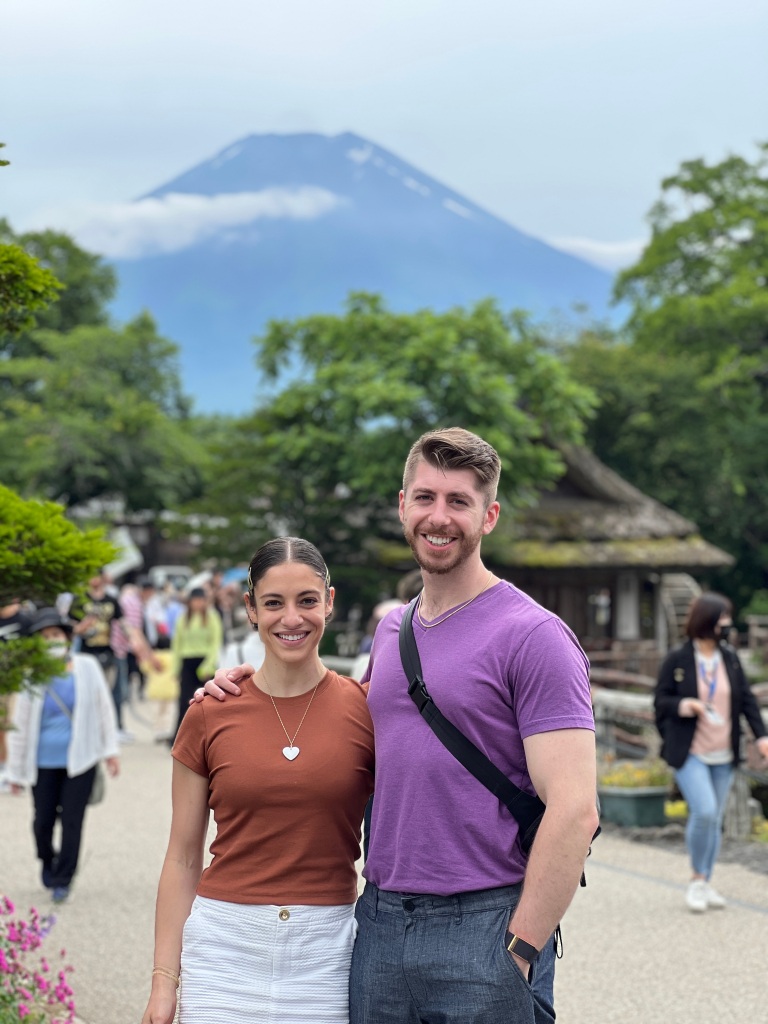
Kyoto Itinerary Highlights
Coming from Tokyo, Kyoto felt much tamer and quieter. This is a more traditional and old-school city and felt more like real life, as opposed to Tokyo which felt almost like a movie. In Kyoto, we got to try a lot of the more traditional Japanese cultural experiences which we really enjoyed.

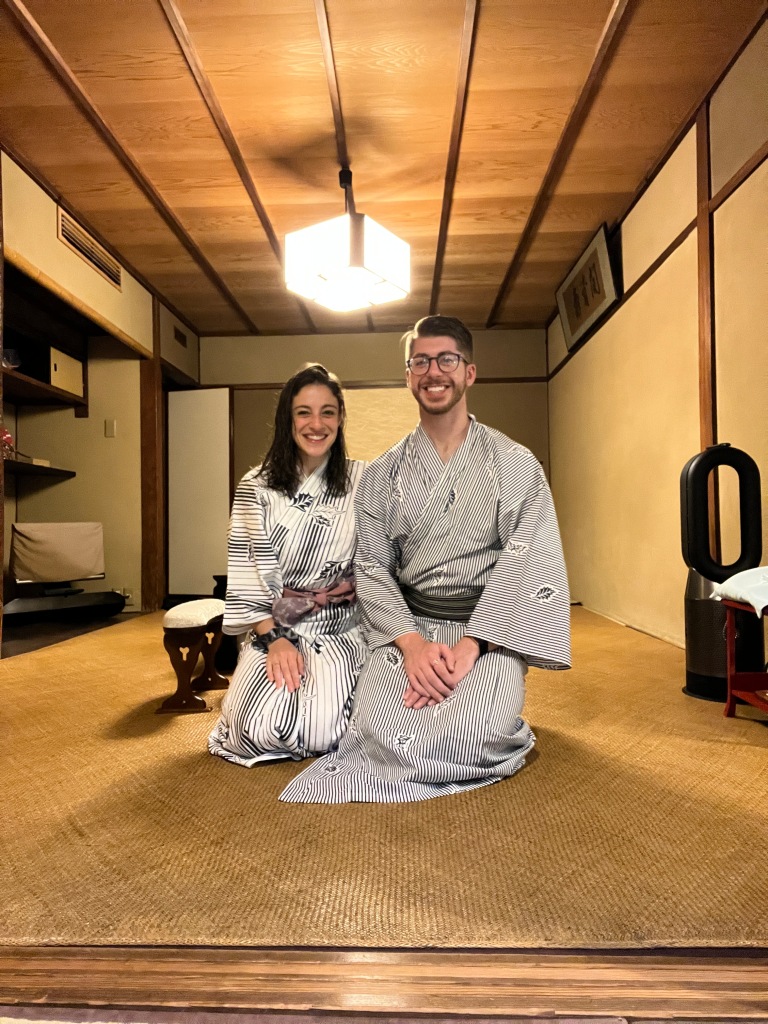

Here are some of our favorite stops in Kyoto closer to the city center:
Ryokan and Kaiseki dinner – A Ryokan is a traditional Japanese inn and I highly recommended staying at a Ryokan at least one night while in Kyoto. Take note that Ryokans exist all over Kyoto, some closer to the city center and some pretty far out in the mountains. In order to accommodate our itinerary we had selected a Ryokan closer to the city center, the Hiiragiya Ryokan. It is very traditional, the Madame came to our room to greet us and thank us for staying there, and we had our own private zen garden right outside our window. If you stay at a traditional Ryokan, your kaiseki dinner is served to you in your room, and then after your meal the attendants flip your dining area into a bedroom in a matter of 10 minutes. They come back in the morning to flip the room back into a dining area to serve your breakfast in your room. The whole Ryokan experience is a cool one especially for the meal and for the bath. Some Ryokans out in the mountains will be set around the hot springs and will have access to onsens. The Hiiragiya Ryokan was closer to the city center for convenience in our itinerary but it still had a traditional bath setup with a cedar bathtub and spring water. It was recommended to us by the inn-keeper to soak in the bath before dinner and it was definitely a great pro-tip!


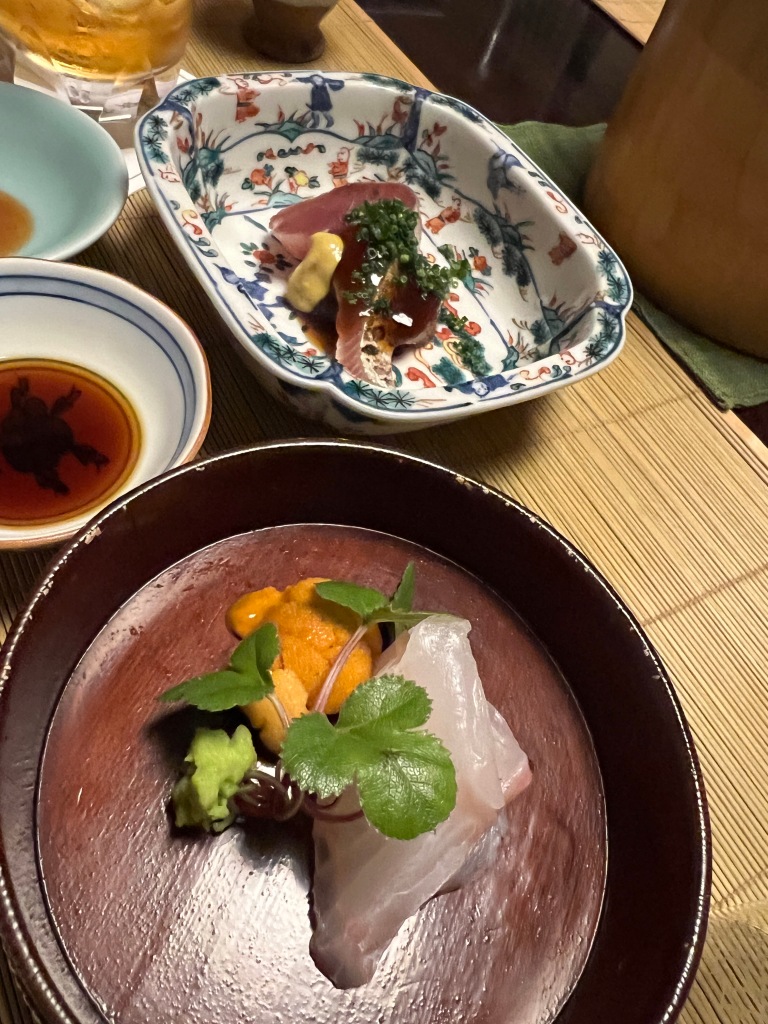


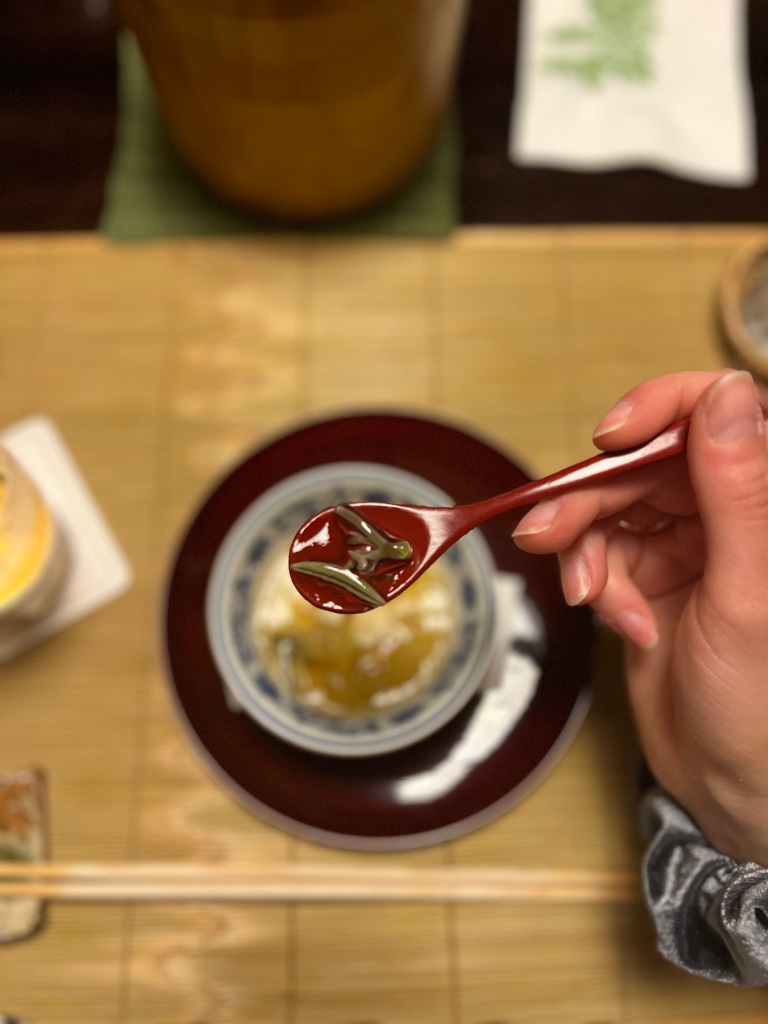

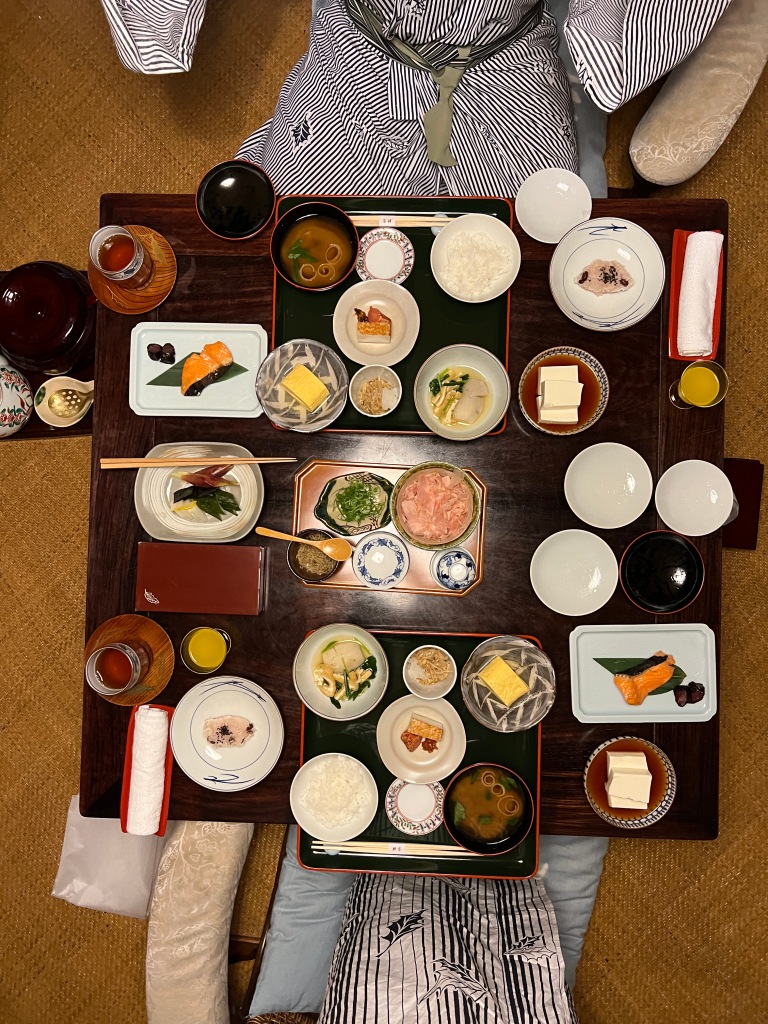
Nanzen-ji Temple – This is a really special temple. It has a garden that you have to pay a separate fee to get into but it is absolutely worth it. There is also an aqueduct, a hiking trail to a waterfall and shrine, and a really beautiful main hall with a painting of dragons on the ceiling. There is so much to do in this complex and it has such a beautiful main building that you would not want to miss this one. The hiking trail also connects to whole network of hiking trails up the mountain so if you wanted to make this a half- or even full-day event you could do it all here!




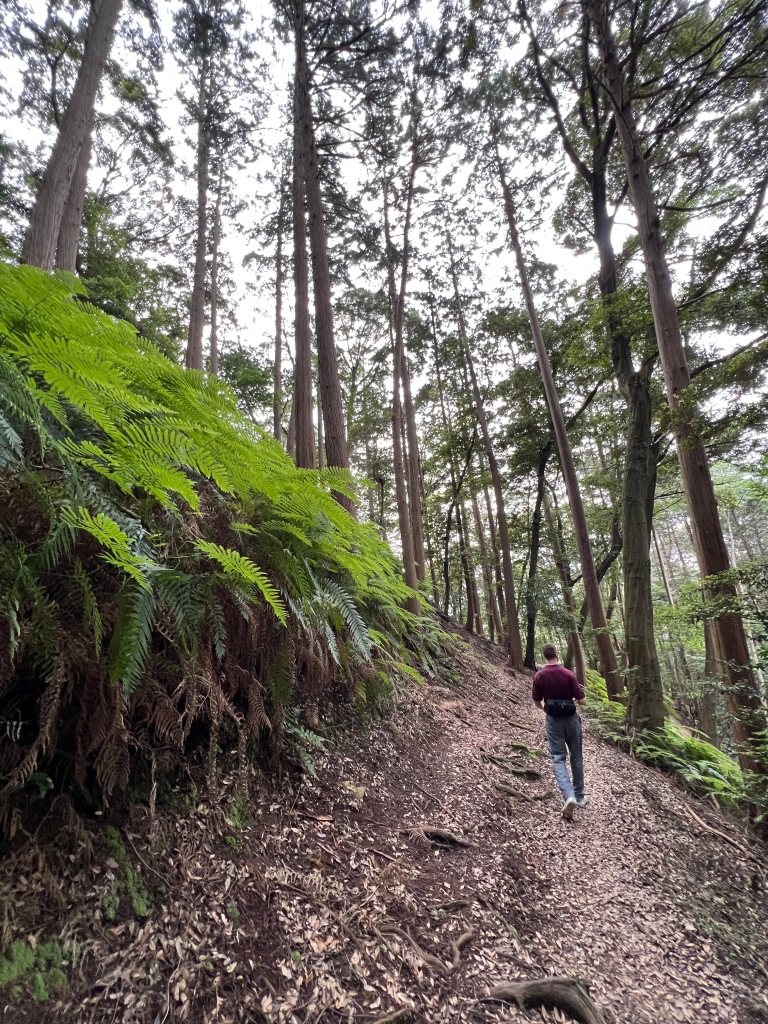
Kodai-ji Temple – This is a nice temple, the highlight of which is the small bamboo grove attached. It is also directly near and associated with another temple, the Entoku-in, which has really incredible artwork. These two together are a worth-it experience.



Kiyomizu-Dera Temple – This temple sits on a huge complex with multiple buildings, and is a fun one! The main temple building is particularly beautiful and ornate. The colors are also vibrant (it is one of the few temples we saw that is orange as opposed to dark brown or black). There are multiple buildings, each with its own unique view of the surrounding countryside.

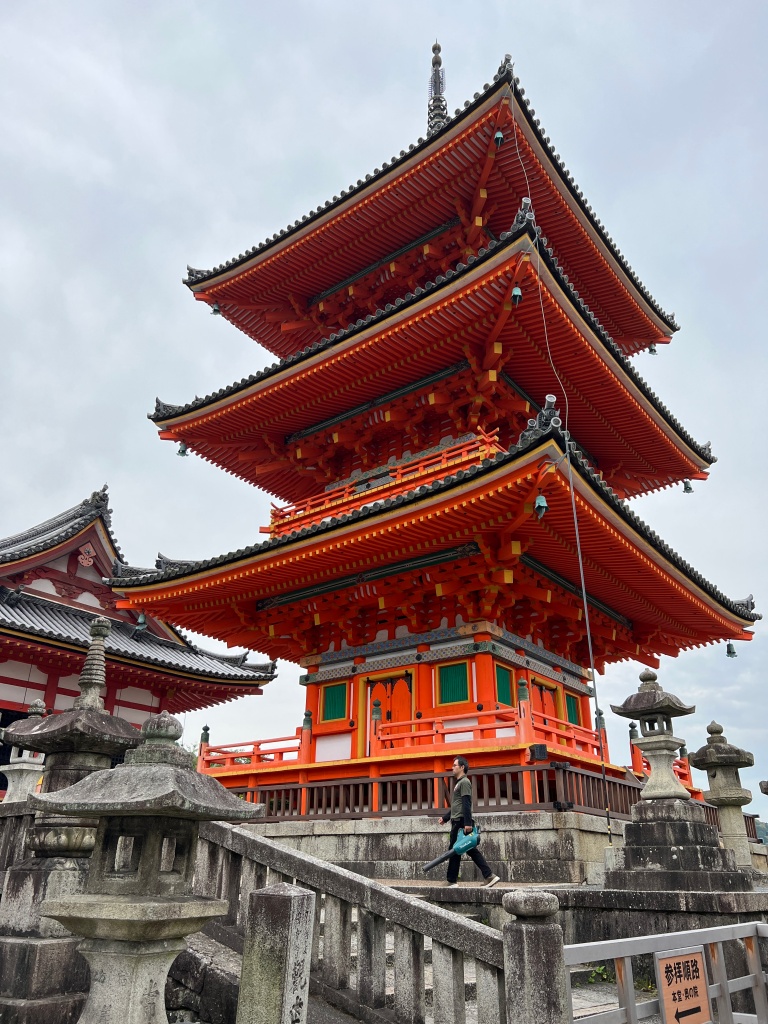
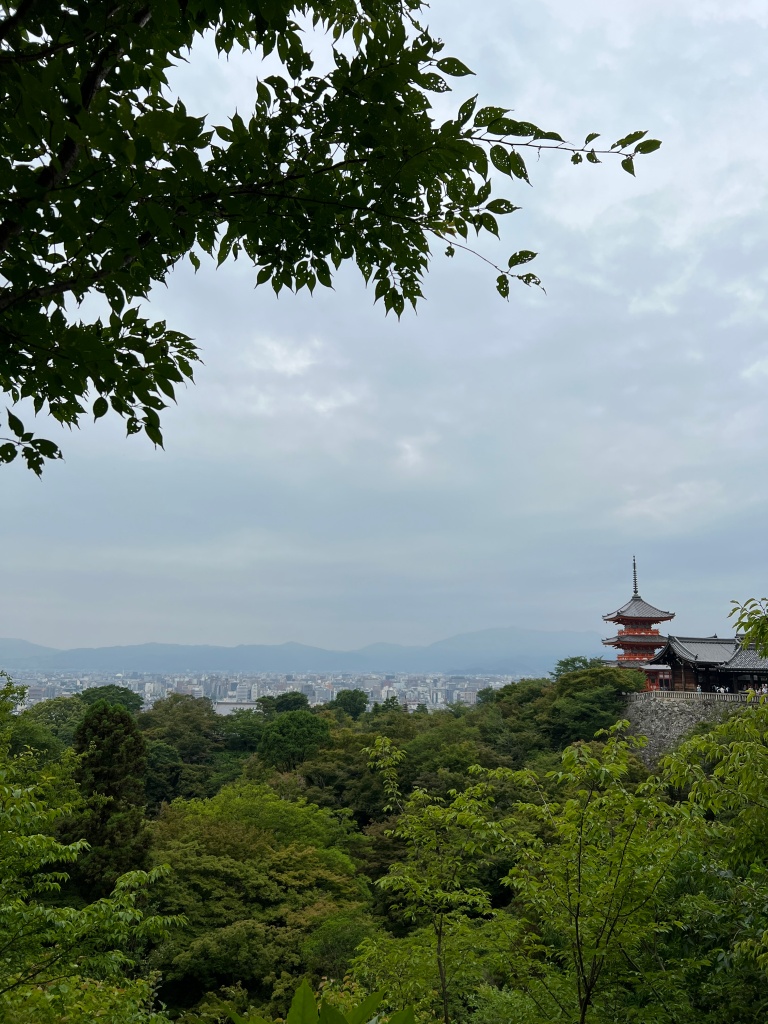
Chion-in Shrine – The coolest part of this one for me is the fact that it has the largest entry gate in all of Japan. The size of this gate is dizzying and then there is a GIANT set of stairs to get you to the main temple building, which only gives more perspective to the size of the gate.
Kinkaku-Ji Temple (Golden Pavilion) – This is a quick visit (and not REALLY in the city center) but the pavilion itself has a literal gold exterior and is quite unique.
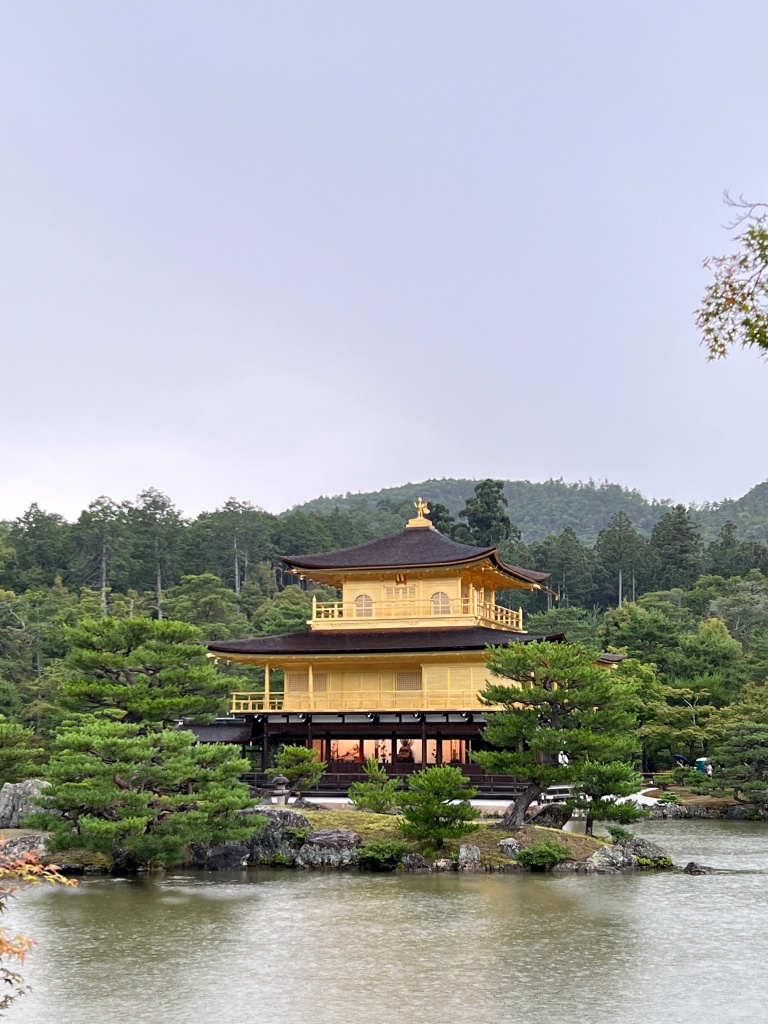

Kennin-ji Temple – We actually did not make it here (it was on the list but we accidentally entirely missed it), but here it is on the recommended list anyway because it is a cool one – there is a painting of twin dragons on the ceiling and a lot of cool artwork on panels in the building complex.
Here are some of our favorite stops in Kyoto further from the city center:
Nara and the Todai-ji Temple – Nara is a day trip outside of the Kyoto city center that is very easy to get to by train, and the Todai-ji Temple in Nara houses one of the three Great Buddha statues in Japan. Nara is also where you can interact with the sacred deer that bow to you! You can see the full itinerary of the day in part 2 of the series.





Kurama (Kurama-Dera Temple and Kibune Shrine) – This is a great half-day trip from Kyoto including hiking, and once in Kibune there are a bunch of restaurants that are set over the river for a truly unique dining experience. The full itinerary of this excursion can be found in part 2 of the series.



Fushimi Inari Shrine – This is an absolute MUST, and probably one of the most famous shrines in all of Japan. This is a short hike through thousands of Torii gates, all very close together, to create a sort of sacred tunnel to walk through. It is about a 1.5 hour loop if you choose to do the whole thing and half of the loop is up a staircase, but it is totally worth it. We also did an extra hike which we really enjoyed. Find all the details in part 2 of the series.



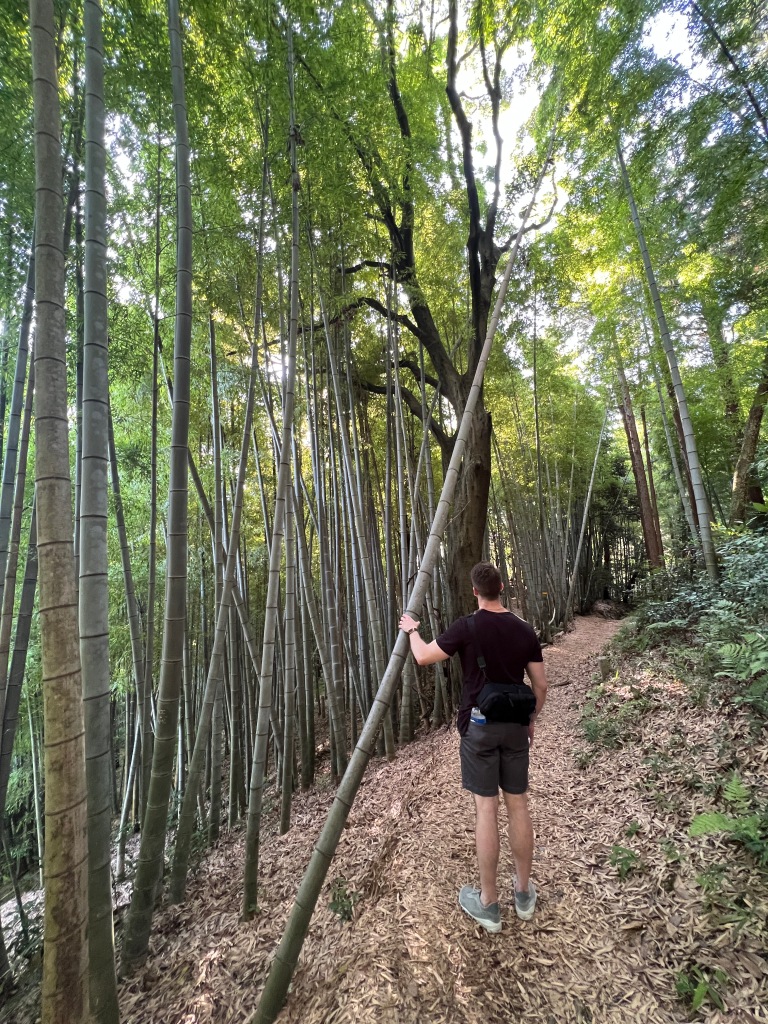

Kiyotaki River hike and the Oragi Nenbutsu-Ji Temple – This might have been my favorite temple in all of Japan! This whole day was one of my favorites (you can find the whole itinerary in part 2 of the series), but if you take one thing from that day’s itinerary to do, it should be the Oragi Nenbutsu-Ji Temple. The attendant explained to us that it is one of the more modern temples and 42 years ago they envisioned 500 small statues of buddha that would be individually donated by patrons. 42 years later, they far exceeded their initial goal and 1200 statues had been donated, making for a very unique temple garden! Each statue has its own personality, which makes sense knowing that each one was designed and donated by someone different. It is also cool to see that they are modern – some of the statues are doing things like boxing or playing tennis! Afterwards it is easy to connect right to the hike along the Kiyotaki river. This hike was our favorite during this trip, and you get to walk alongside the river the whole time. What is cool about this hike was that it changes quite often and you get to see a lot of different landscapes. There is a section with a bamboo grove, lots of flowers, and a section with Kitayama Cedar trees which grow very tall and perfectly straight. The water of the river is so perfectly blue and the whole hike feels like it is straight out of a fairytale.




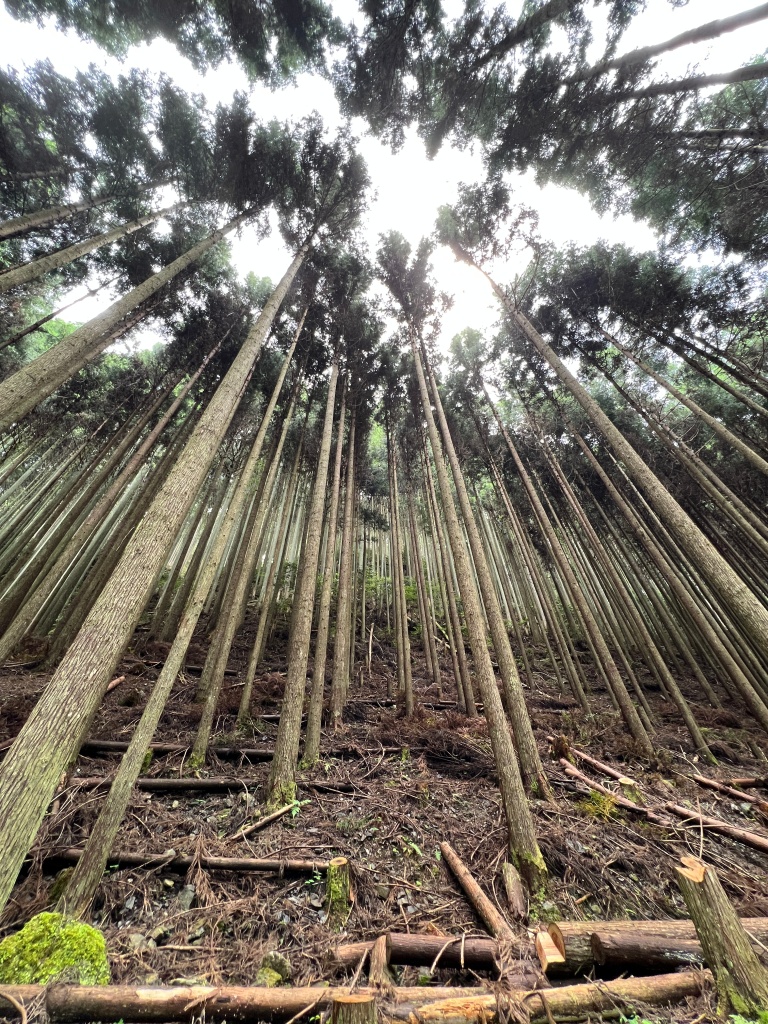
Osaka Itinerary Highlights
Osaka might have been our favorite city in Japan, but the jury is still out. We are cognizant of the fact that Osaka was our last stop, so by the time we got there we might have just been more comfortable with the language and the culture than we were while in Tokyo. Osaka’s motto is “kuidaore” which informally translates to “eat oneself to ruin,” and so we obviously ate as much as we could in Osaka – out of respect for the culture of course! There were a lot of “street fair” type streets in Osaka, similar to Tokyo, with ornate decorations like giant dumplings or dragons over a street vendor, and also a lot of street games and snacks to occupy you. Osaka was just as lively as Tokyo and we had just as much fun exploring here as all the other places we visited in Japan. Here are some of our favorite stops in Osaka:
Dotonburi – This is a strip along the river that consists of a promenade on the inside, right along the river, and two streets that sandwich the river walk. It is a short strip but it makes up for it with bright lights, high energy, giant illuminated billboards, and unique decorations like a huge octopus extending out from a storefront. There is a ferris wheel that you can ride that gives you views of the city and a ton of street food and carnival games that will keep you entertained.





Shinsaibasi – This neighborhood has a number of covered streets for shopping and dining. It is a fun place to walk through for eating and shopping that has a little more variety and is a little less showy than Dotonburi.
Hankyu Department Store – This is a HUGE department store in Umeda near the main Osaka train line. It is a luxury department store so in the shops above you will find all sorts of luxury goods. Our main reason for going there. however, was to shop the basement floors for the luxury foods. The B1 level contains curated beautiful desserts and savory bento boxes of Japanese, Chinese, and other mixed cuisines. The B2 level is more of a grocery store, and this is where we found our luxury grapes and melon. The fruit is unprecedented, and if you want to try a luxury bite of fruit (guaranteed the best grape you have ever had), you will want to check this out! We also grabbed lunch at the B1 level and it was the best (albeit the only) eel bento box I have ever had.


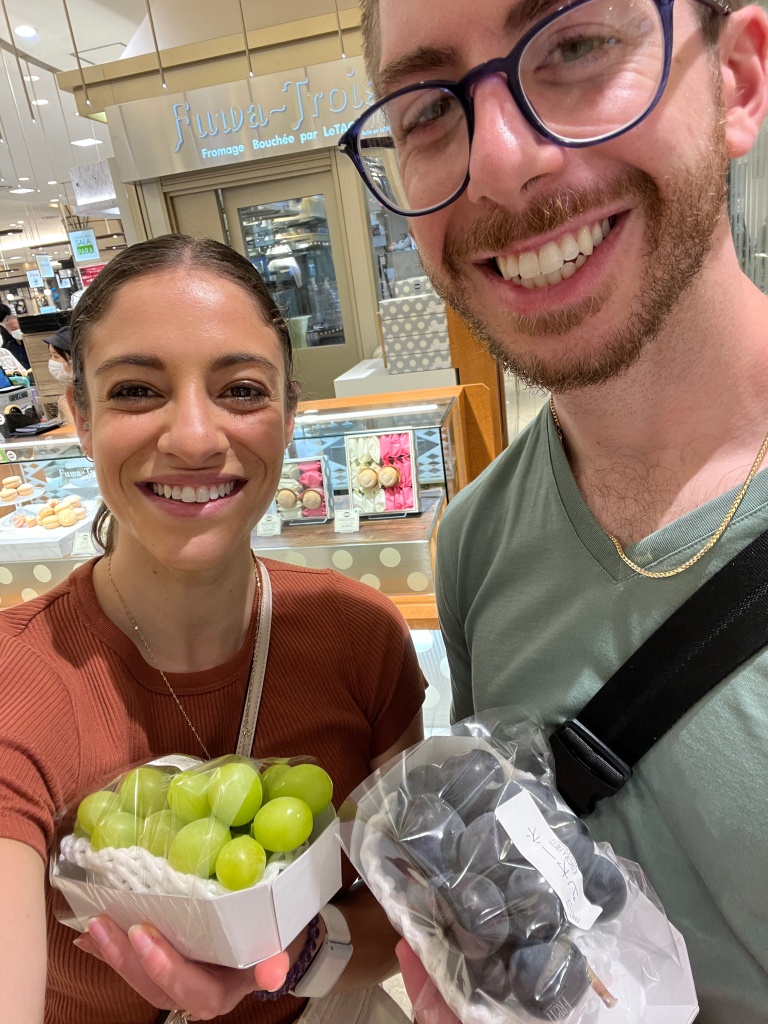

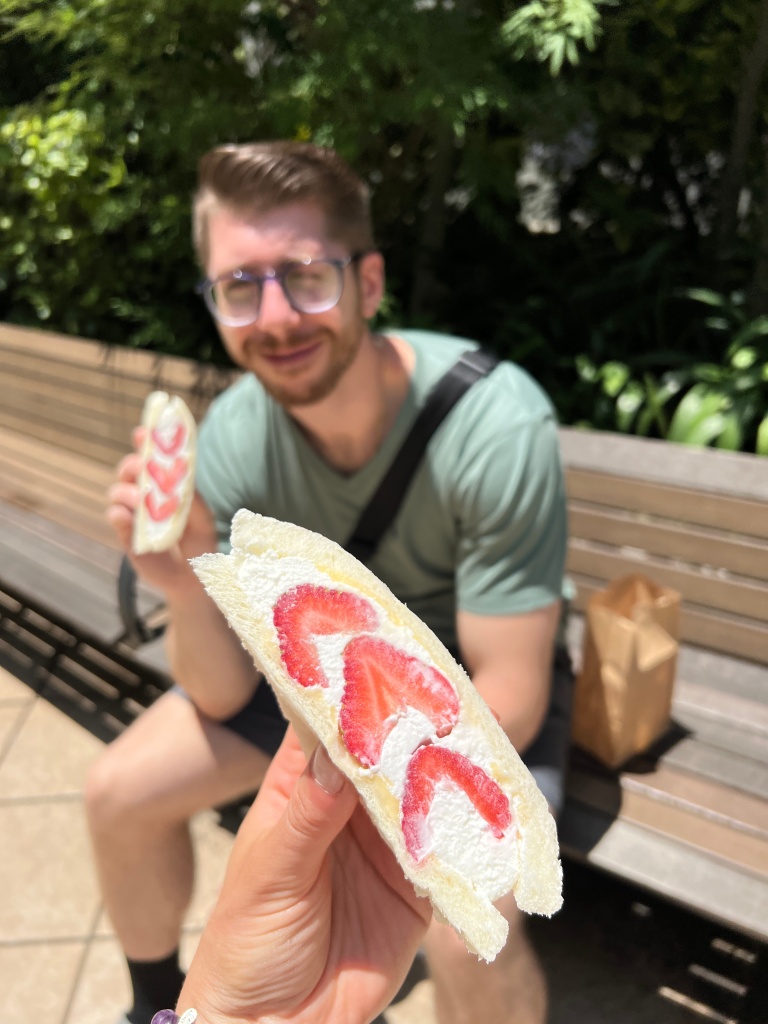
Mel’s Coffee Roasters – This is the craftiest of craft coffee shops that I have ever been to. We learned how special this coffee is after Nick asked for milk to add to it, and Mel herself came over to explain that the light and delicate flavor of the coffee would get ruined by the heavy flavor of the milk, and so she does not recommend it. If you are looking for a light and delicious cup of coffee (and are willing to drink it according to Mel’s recommendations) then definitely give it a go. They do also have espresso and espresso drinks like a latte, to which they then obviously add milk and give you the option for sugar. They have a $30 cup of joe on the menu which I am sure would be out of this world!
Mochisho Shizuku – This is a sweets shop that serves mochi that are so perfectly constructed that they look like little pieces of artwork. Not to mention delicious, too! I would highly recommend stopping in here for a quick snack and a homemade ginger ale during your travels.


Okonomiyaki Mizuno – This is a Michelin starred restaurant serving up the classic Osaka dish, Okonomiyaki. This one is tough to describe, but it is basically a bbq “pancake” cooked on a cast iron griddle, filled with veggies and choice of protein, and customized with toppings of your choice. While in Osaka you absolutely have to try this, and what better way to do it than at a Michelin starred restaurant? It was easy, too! Mizuno does not take reservations and once you are seated the whole meal takes about 20 minutes for them to cook and you to eat, so the line moves quickly. We got there at about 4:30 PM which was perfect timing because we got in immediately, and we were out of there before 5. It is counter serve and they cook your pancake right in front of you. It is a really fun experience and the food is fantastic!

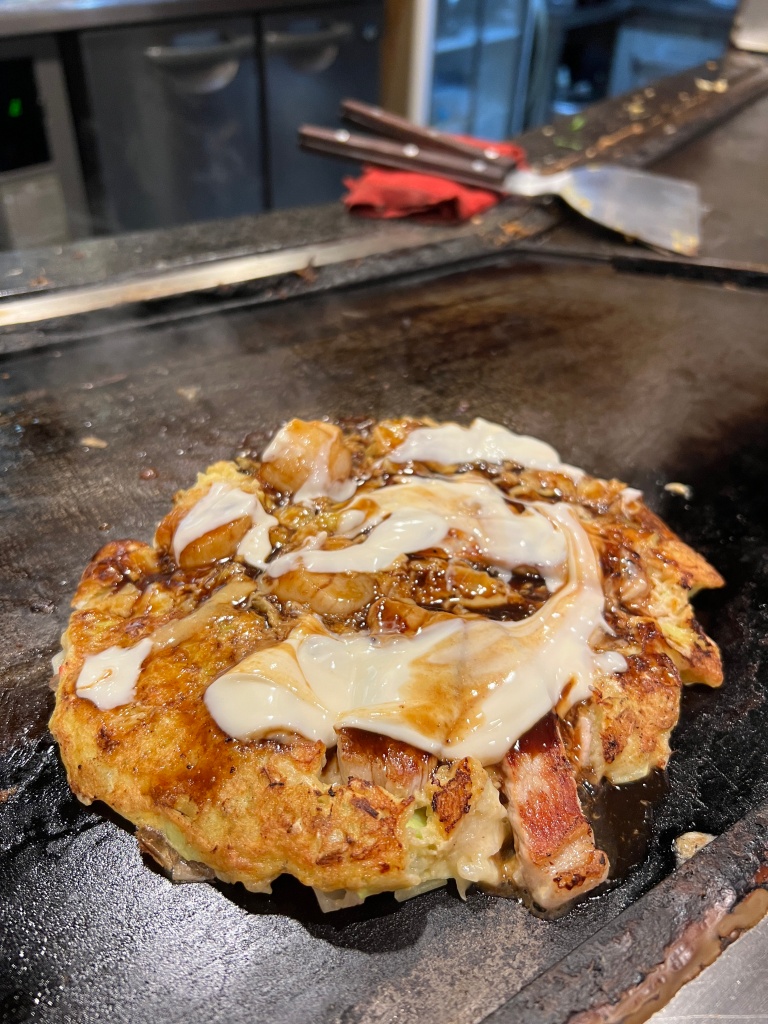
Micadadeco & Café – This is a café where we got our first and only souffle pancake in Japan. They were the best breakfast item on our trip, hands down. The pancakes were made with ricotta and they certainly were cheesy! They were thick and jiggly just how souffle pancakes should be, and the light texture mixed with the ricotta flavor was really something else. Certainly try the souffle pancake while in Japan, and I can personally vouch for this restaurant. Be aware that while they open at 9 AM, they only serve the pancake from 11 AM – 2 PM.


Sushi Isshin – This was a recommendation to us by a nice couple from Hong Kong that we met at Mel’s earlier in the day. The sushi was incredibly fresh, the wagyu and eel were perfectly cooked and seasoned, and it was a very simple counter serve experience. We did not do a chef’s tasting here, but rather ordered based on the numbers on the menu (not much conversation was had, as no one spoke English in this restaurant), and the food was served by the chef over the counter almost immediately.
Bar Nayuta – This bar served some of the best cocktails I have ever had in my whole life. It has a speakeasy feel (and the location is tucked away in the 5th floor of a building complex with an unassuming entrance), and the main room is pretty small – there were probably no more than 20 customers in there at a time. There is no menu so the bartenders (or their assistants) come around and ask you what flavor profile you are looking for, and then some follow up question (sour vs sweet, creamy vs clear) depending on what you responded. The first drink I got was a ginger based mule with a special spicy pepper infused simple syrup and muddled with a few different fruits. The second drink was chocolate flavored but I asked for something not too sweet and not too heavy with a clear base. The drink that was produced was the most unique and incredible cocktail I have ever had, and I am actually sad that I have no way of knowing exactly what went into it.



Where we Stayed
In Tokyo, we stayed at the Tokyo Mercure Ginza hotel. It was clean, and a good size – there was space to sprawl out a bit and open up our luggage, store shoes, etc. The bathroom had a fog-free mirror, which we thought was a pretty cool innovation. A button up robe/gown was provided (which became our pajamas during the trip), the hotel had daily housekeeping (unless you put the do not disturb on your door), and there was also a laundry service (which we did not use). It was located in the Ginza area, so we were really close to a lot of good food and often were able to walk home after dinner. It was not very close to Tokyo station so when coming in and out of Tokyo with our luggage, we still had to take a cab to and from the train. There were other closer local subway stations, so getting around was still really easy. There was no breakfast service, and no communal lounge/bar area. Given the size of the room and the excellent location, I would recommend it! If you are looking for something with communal space to lounge and a place that offers breakfast, a bar, and other amenities, this might not be for you.
In Kyoto, we stayed at the Kyoto Century Hotel. It was also clean, but significantly smaller than the Tokyo hotel so there was not really space to sprawl out, open luggage, and get settled. The room was separated into two sections – the front half was the entrance with a sink, which also contained a separate room with the toilet and another separate room for the shower. The back half of the room was the bed and a vanity/desk. The two halves of the room could be separated by a curtain. It was honestly a weird setup, and while it worked fine, it probably was not ideal. This hotel also provided the button up robe/gown, did housekeeping every other day (but you could request daily), and offered dry cleaning services. They did have a fantastic complementary buffet breakfast which ran from 6:45-10AM, which we took advantage of a few days of the trip, and a really nice lounge area in the lobby with a bar. It was a quick walk from the Kyoto central metro station, which made it really convenient for getting around. If you are looking for a spacious room, this place is probably not for you. However, if you are not concerned with the size of the room, this hotel offered nice amenities, was in a good location, and was a great place to stay!
In Osaka, we stayed at The Hotel Grandee Shinsaibashi, which was in Shinsaibashi, a main attraction in Osaka. It was about a 20 min cab from the main Osaka metro line, and we did not need to take any subways while exploring Osaka, so I cannot speak to the convenience of the more local metro stations. The hotel was an 8 minute walk from Dotonburi, which was perfectly convenient for all sight-seeing that we wanted to do, so I would say it had an excellent location. The room was also HUGE, even bigger than the hotel in Tokyo. It had 2 beds, which we obviously did not need, and a large bathroom which had separate rooms for the shower, the sink, and the toilet. The shower room had both a stand-up shower and a jacuzzi bath, which also had a TV on the far wall. In addition to the bathroom and bed area, there was a living area with a couch, coffee table, and desk. There was plenty of space here, needless to say. They had laundry machines which cost extra, but no laundry service to my knowledge. There was no complementary breakfast, but they did have a lounge on the ground level with free beer, wine, and cakes, which closed at 10 PM. Attached to the lounge was a trendy rooftop deck with seats and tables. I definitely recommend this hotel if you are staying in Osaka!


I hope this was helpful in getting a flavor for all the fun and interesting things that you can do in Japan, and the things that we found the most exciting and recommendable. Check out part 2 of this series, in which I detail our whole entire itinerary, including helpful photos of each activity and a detailed description (which will include my opinion on the event). This will be listed in the exact order that we did everything, so it will be easy to lift fully planned days straight from this itinerary into yours. Check out part 3 of this series for tips and tricks on prepping for and navigating through your trip to Japan.
Happy planning!



One thought on “Japan Bucket List Vacation – Everything You Need to Know! (Part 1 of 3)”